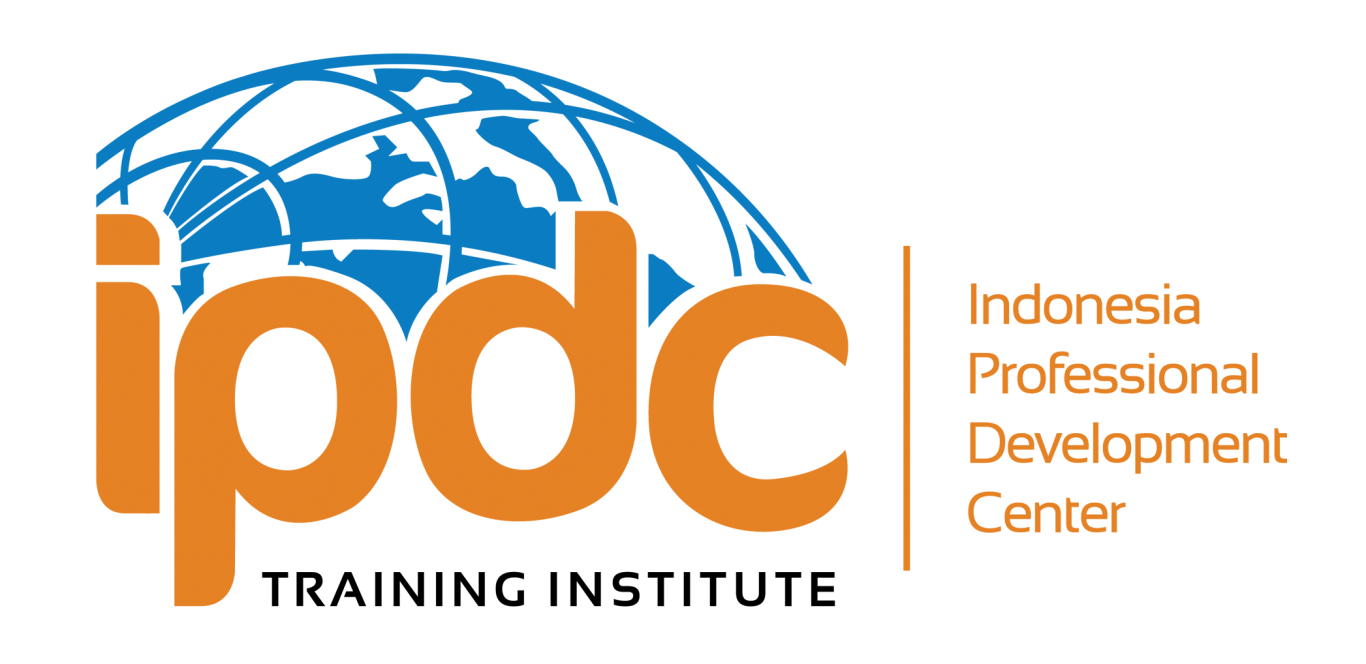













- Overview This course is designed to provide participants with the tools and techniques needed to analyze and evaluate the multifinance business model. The course focuses on understanding the financial and operational aspects of the multifinance sector, assessing risks, and identifying growth opportu

 Overview In today's dynamic and rapidly evolving business environment, leaders must balance two critical yet opposing capabilities: exploiting existing strengths for efficiency and exploring new opportunities for innovation. Ambidextrous Leadership enables leaders to master this duality, driving bot
Overview In today's dynamic and rapidly evolving business environment, leaders must balance two critical yet opposing capabilities: exploiting existing strengths for efficiency and exploring new opportunities for innovation. Ambidextrous Leadership enables leaders to master this duality, driving bot












 Overview In today’s professional landscape, the ability to communicate clearly and negotiate effectively is essential for success. This course is designed to equip participants with the skills to express ideas confidently, build relationships, and achieve mutually beneficial outcomes. By combining c
Overview In today’s professional landscape, the ability to communicate clearly and negotiate effectively is essential for success. This course is designed to equip participants with the skills to express ideas confidently, build relationships, and achieve mutually beneficial outcomes. By combining c
 This course is designed to enhance the negotiation skills of tele-collection professionals, helping them effectively engage with customers in overdue accounts, manage difficult situations, and recover payments in a way that maintains positive customer relationships. Participants will learn to balanc
This course is designed to enhance the negotiation skills of tele-collection professionals, helping them effectively engage with customers in overdue accounts, manage difficult situations, and recover payments in a way that maintains positive customer relationships. Participants will learn to balanc

Our Upcoming Trainings


Wed, Jan 15
|Indonesia
Problem Solving & Decision Making Skills
This course is ideal for those seeking new answers to old problems, and those in search of first-time solutions to major new problems.
Time & Location
Jan 15, 2025, 7:00 PM – Jan 16, 2025, 11:00 PM
Indonesia
About The Training
OVERVIEW
This two-day workshop is challenging from the outset. It is a blend of Tutor-led and experiential learning. It identifies the key concepts of creative thinking and problem-solving. It gives the delegates a range of versatile and effective techniques, backed up by excellent course notes, which form a valuable reference source for the future. This course is ideal for those seeking new answers to old problems, and those in search of first-time solutions to major new problems.
OBJECTIVES
By the end of this training, participants will be able to:
- To enable delegates to analyze a problem so that appropriate problem-solving techniques may be applied
- To recognise the importance of dealing with the cause of a problem, rather than just dealing with the effect of a problem
- To learn how to generate alternative solutions, using creative thinking and brainstorming
- To learn the different stages of the decision-making process and understand the importance of each stage in ensuring effective decisions are made
- To enable delegates to apply problem-solving and decision-making models to the workplace
TARGET PARTICIPANTS
Managers, supervisors, and staff responsible for the development of new ideas and systems, and those involved in problem solving, and making and implementing key decisions. This is an essential course for those who believe that change, and new, improved ways of working, are the way forward for the success of organizations in the 21st century.
COURSE CONTENTS
1. Introduction
- Ground Rules; Objectives of Training
- The link between problem-solving and decision-making
- Being A Critical Thinker, Problem Solver, and Decision Maker
- PSDM Framework & Situation Appraisal
2. Critical Thinking and Creative Problem Solving Essentials
- Recognizing business reasons for creative problem-solving in the workplace
- Creativity vs. Innovation
- Exploring the thinking process
- Applying outcome-based thinking
3. The Rational Approach To Problem-Solving
- Techniques for recognizing problems
- Information analysis
- Difference between causes and symptoms
- Problem and decision analysis
4. Problem Analysis Supplementary Tools
- Root cause analysis
- The importance of the 'why' question
- Ishikawa fishbone concept
- Assumptions in the workplace
- Pareto analysis
- Creative Thinking Methods
5. Decision-Making Supplementary Tools
- Being decisive and principles of decision making
- Decision analysis weighted worksheet
- Consensus decision making
- The decision-making process
6. Creativity and Problem Solving
- Lateral thinking tips
- Creativity and its use as a business tool
- Barriers to creativity and ways to overcome them
- Brainstorming tips and tools
- Six thinking hats


